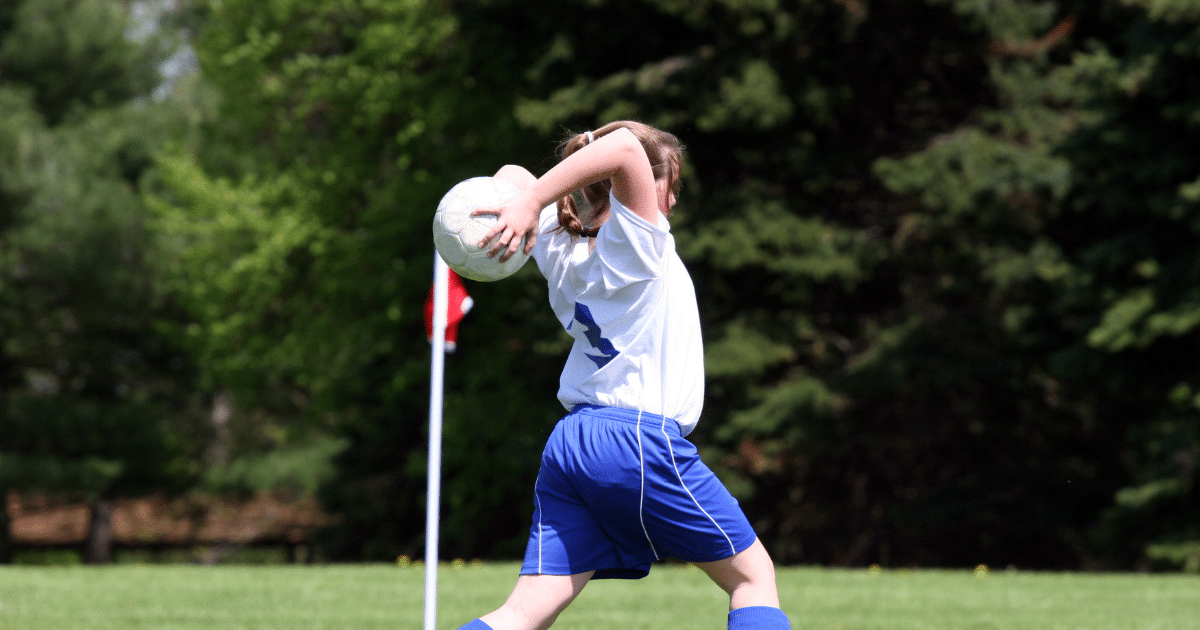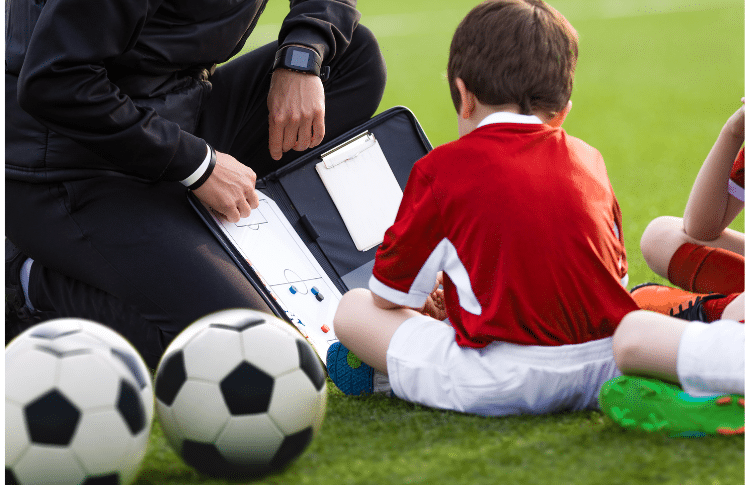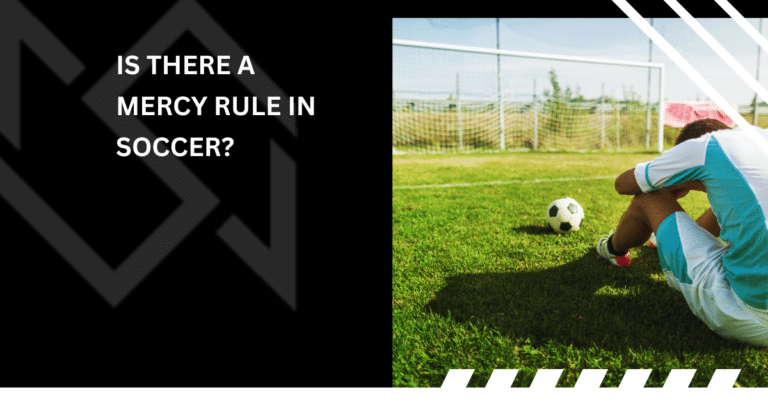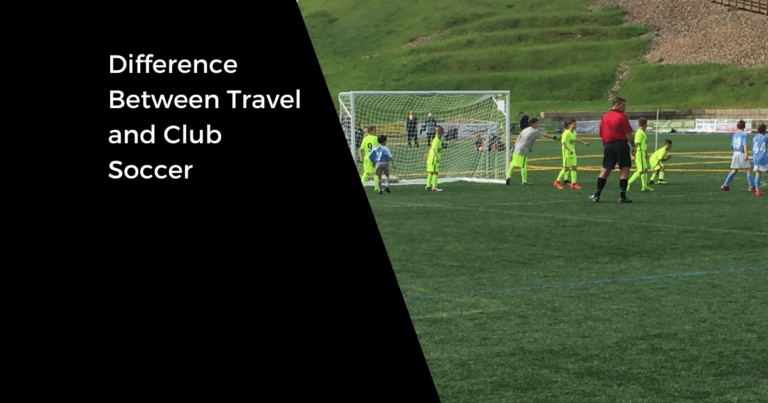Throw-In (The Right Way & Rules to Follow)

A throw-in is awarded to a team when the opposing team touches the ball and crosses over the touchline either on the ground or in the air.
It’s a chance to restart the game without referee interference.
Key Takeaways:
- Throw-ins restart the game without direct permission from the referee.
- Knowing how to throw the ball in properly will help your team move the ball down the field.
- Knowing the rules of a throw-in is important.
An effective throw-in can march you down the field. While a bad throw-in, may start a counterattack for the opposing team.
In this article, we’ll dive into how to do it and the rules surrounding it.
In any professional soccer game, you can expect between 40-50 throw-ins. About 50% will be successfully received by the same team. [source]
What is the Right Way to Do a Throw-In?
Learning how to throw the ball in is fundamental if you are going to play soccer.
Don’t worry – it’s not complicated! You simply need some tips and a little bit of practice, and you’ll master them in no time. Here’s a quick video.
Here are the steps you should go through to perform a throw-in:
- With both of your hands, pick up the ball, touching each side of it. Make sure you space your hands evenly on it.
- Place your feet on the area where the ball exited the sideline. One of your feet can be partially inside the playing field if part of it is behind the touchline or on it.
- Slightly arch your back. This will give you more leverage and power for the throw.
- Make sure you bring the ball up and over the top of your head.
- Arch your back forward while putting your arms up and forward. Then, fully extend your arm and, with a flick of your wrists, let the ball go.
- Go back onto the field and join the game again but let another player touch the ball first.
What Are Some Tips for Better Throw-Ins?

If you want to be a great player, here are some tips that can help improve your throw-ins:
- Consider a Quick Throw-In – A smart thing you can do is a quick throw-in. While running to pick up the ball, look for chances to quickly throw the soccer ball in. This will catch your opponents off-guard, giving your team an advantage.
- Make Sure You’re There for a Return Pass – After throwing it back onto the field of play, help support your teammates if they need to pass it back to you.
- Consider Who Throws it in – Typically, you’ll want your back-line to take throw-ins as other field players (like a midfielder or striker) are ahead of you. And, this allows the defense to get back inbounds as a safety.
- Throw at Your Teammates Head or Feet – It is difficult to make a play with your stomach. For this reason, throwing it a player’s feet is the first option. If that’s not there, throw it higher so they can head the ball.
Throw-In Rules (Key Things to Remember)
Here is a list of things to keep in mind during throw-ins:
- A throw-in is awarded when the ball completely crosses the touchline (sideline), either on the ground or in the air.
- The throw-in must be taken from the point where the ball went out of play.
- The throw-in is awarded to the team that did not touch the ball last before it went out of play.
- The player must use both hands to throw the ball.
- The player must have both feet on the ground. You can drag a foot though.
- The ball must be thrown from behind and over the head in one continuous motion.
- The player must be behind the sideline.
- Opposing players must be 2 yards (6 feet) away from the touchline.
- The ball must cross into the field of play; otherwise, the throw-in is retaken.
- The player who throws it cannot touch the ball until another player touches it first.
- A player cannot score a goal directly from a throw-in.
- Players cannot be offside directly from a throw-in (even if they are behind the last defender when receiving the ball).
- The goalie cannot grab the ball from a throw-in.
Final Thoughts
There’s not much more to say about this topic! It’s a basic but important part of the game of soccer.
At a young age, it is important to get the proper mechanics down. As players get older, practicing throw-ins will become obsolete. It then turns into moving in and out of space when you aren’t the player throwing it in.
Like always, practice, practice, practice!
If you enjoyed this article, please check out the rest of our posts for more actionable soccer advice.

Written By: SoccerNovo
SoccerNovo is an independent youth soccer media brand built to help parents, players, and coaches better understand the game and the pathways available in U.S. soccer. Our mission is to make youth soccer simpler, clearer, and more accessible for everyone involved in it.
Let’s connect





